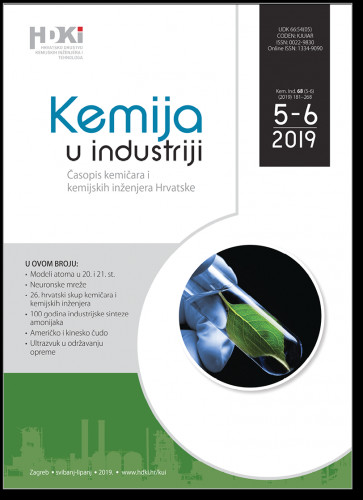Posljednjih nekoliko desetljeća polimeri i polimerni materijali postali su neizostavni dio različitih grana industrije i svakodnevnog života. Zbog vrlo raširene upotrebe elastomera nastaju velike količine gumenog otpada, što je opterećenje za okoliš te zahtijeva posebne mjere zbrinjavanja kako bi se smanjio njihov negativan utjecaj na okoliš. Uzorci polimernih mješavina na bazi prirodnog (NR) i stiren-butadienskog kaučuka (SBR) pripremljeni su u dvije serije s ciljem ispitivanja mehaničkih (prekidna čvrstoća, prekidno istezanje, ispitivanje čvrstoće na zarez) i reoloških svojstava te krajnje upotrebe u proizvodnji gumenih pružnih prijelaza. Prva serija uzoraka pripremljena je s gumenim prahom, a u drugu seriju umiješan je devulkanizirani gumeni prah. Uzorci su miješani na laboratorijskom mikseru te homogenizirani na laboratorijskom dvovaljku, a proces prešanja proveden je na hidrauličkoj preši. Dobiveni rezultati ispitivanja mehaničkih i reoloških svojstava pokazali su da je za NR/SBR polimernu mješavinu koja bi se upotrebljavala za pružne prijelaze znatno bolja opcija dodatak gumenog praha koji je dodatno devulkaniziran.; Environmental protection requires constant improvement of quality and the environmental management system in accordance with the international standards and laws in order to reduce human impact on the environment and responsibly manage natural resources. Environmentally acceptable recycling of waste tires and other rubber products is one of the biggest ecological challenges today. Landfilling or dumping of tires causes serious long-term pollution. The lack of alternatives for tire recycling increases their disposal in landfills. Recycling is currently the most effective way to improve the sustainability of the environment. The purpose of this work was to determine the optimal composition of the rubber blend to be used for rubber track crossings production, and to examine the ratio of individual components, i.e., milled recycled tires, and milled and devulcanized tires in order to determine which option is more environmentally friendly and financially viable. In the first series of samples, recycled rubber powder (milled recycled tires) was mixed with a polymer blend of natural rubber and styrene-butadiene rubber, while the second series was milled and the devulcanized tires mixed with natural rubber and styrene-butadiene rubber. Rheological and mechanical properties of all the samples were measured according to appropriate standards. The results showed that an increase in the ratio of rubber powder increased the values of minimal rotation resistance and proportionally reduced the maximum rotation resistance. Minor deviations in the values of the vulcanization rate indicated that various ratios of added rubber powder had no significant effect on the rate of vulcanization of individual samples.
Sažetak

 Kemija u industriji : 68,5-6(2019) / glavni i odgovorni urednik Nenad Bolf.
Kemija u industriji : 68,5-6(2019) / glavni i odgovorni urednik Nenad Bolf.